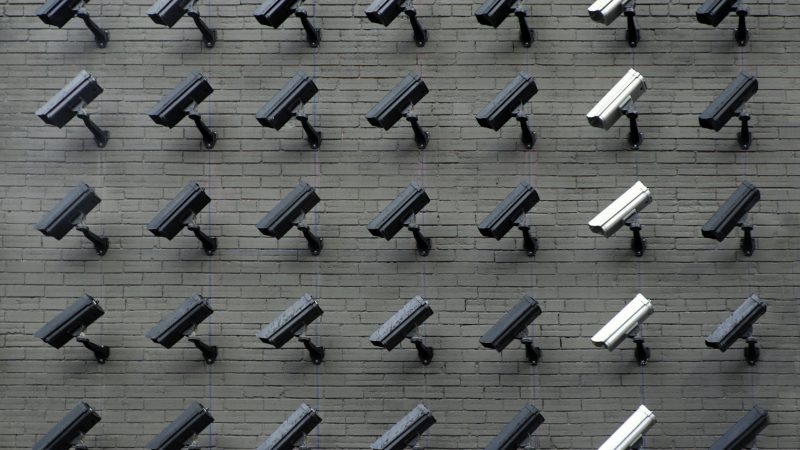Laboratory Equipment: An Overlooked Cybersecurity Risk Industries such as pharmaceuticals, chemicals or agri-food heavily rely on laboratory equipment, especially for quality control, R&D or chemical analysis. These instruments are vital for numerous business processes, many of which are critical for…
Category: Manufacturing & Industry 4.0
Detection within industrial environment In a previous article: Cybersecurity monitoring for OT, Current situation & perspectives we have seen that OT, while overall less impacted than IT, is not exempt from cyberthreats & not immune to cyberattacks. But, due to…
“Smart homes”, “Smart devices” and even “Smart cities”: these now familiar expressions illustrate how deeply embedded the Internet of Things (IoT) is in our daily lives. At the heart of these technologies, the MQTT protocol plays a subtle yet essential role.…
OT, lower exposure but higher vulnerability Operational Technology, while overall less impacted than IT, is not exempt from cyberthreats & not immune to cyberattacks. Let’s take a closer look at a simplified view of the threat landscape for industrial environments:…
Faced with an ever-increasing number of sophisticated cyber threats, the industry has been hard hit, and it is expected to become the 2nd most affected sector by ransomware in 2024. Industrial information systems, the very nerve centres of production, have…
A new guide amid growing attention to industrial cybersecurity As cyber threats become more targeted, sophisticated and persistent—particularly against industrial systems and critical infrastructure—the ANSSI (French Cybersecurity Agency) has strengthened its cybersecurity framework by publishing a revamped version of its…
In a world where aviation safety is increasingly based on digital systems, the PART-IS regulation introduced by the European Union Aviation Safety Agency (EASA) marks a decisive turning point. This innovation is due to increasing numbers of cybersecurity standards, regulations,…
With the European Union’s ban on the sale of combustion engine vehicles set for 2035, the electric mobility market is rapidly expanding. Alongside it, electric vehicle charging infrastructures (EVCI) are developing at a fast pace: cumulative investments by 2030 could…
Artificial intelligence (AI) is transforming numerous sectors, including the industrial sector. The latest advancements, particularly those based on Machine Learning (ML) like generative AI, are paving the way for new opportunities in process automation, supply chain optimization, personalization, and so…
Enterprise demand for detection probes has been rising in recent years, particularly in the industrial sector. This can be for many reasons: regulatory or contractual constraints, need for incident detection capabilities on the industrial network, desire for greater visibility on…









